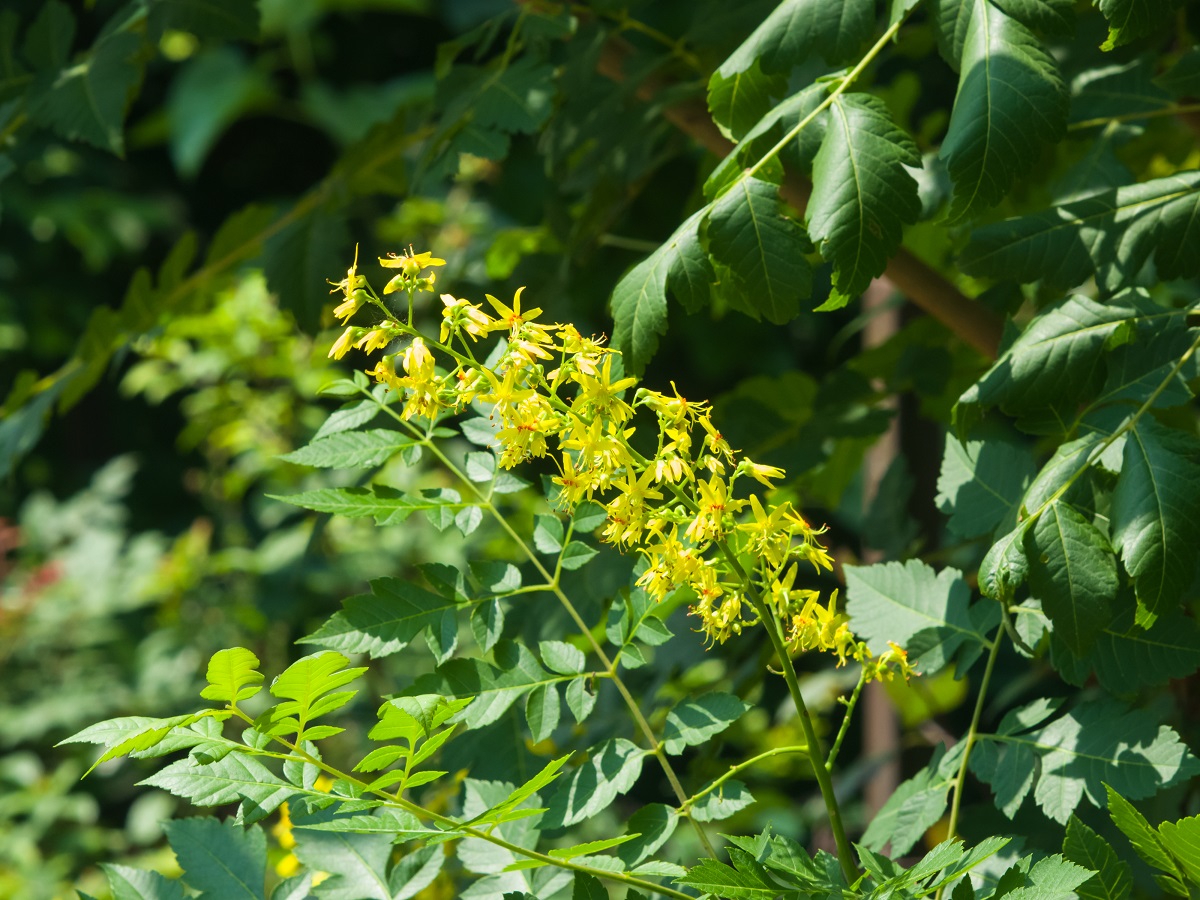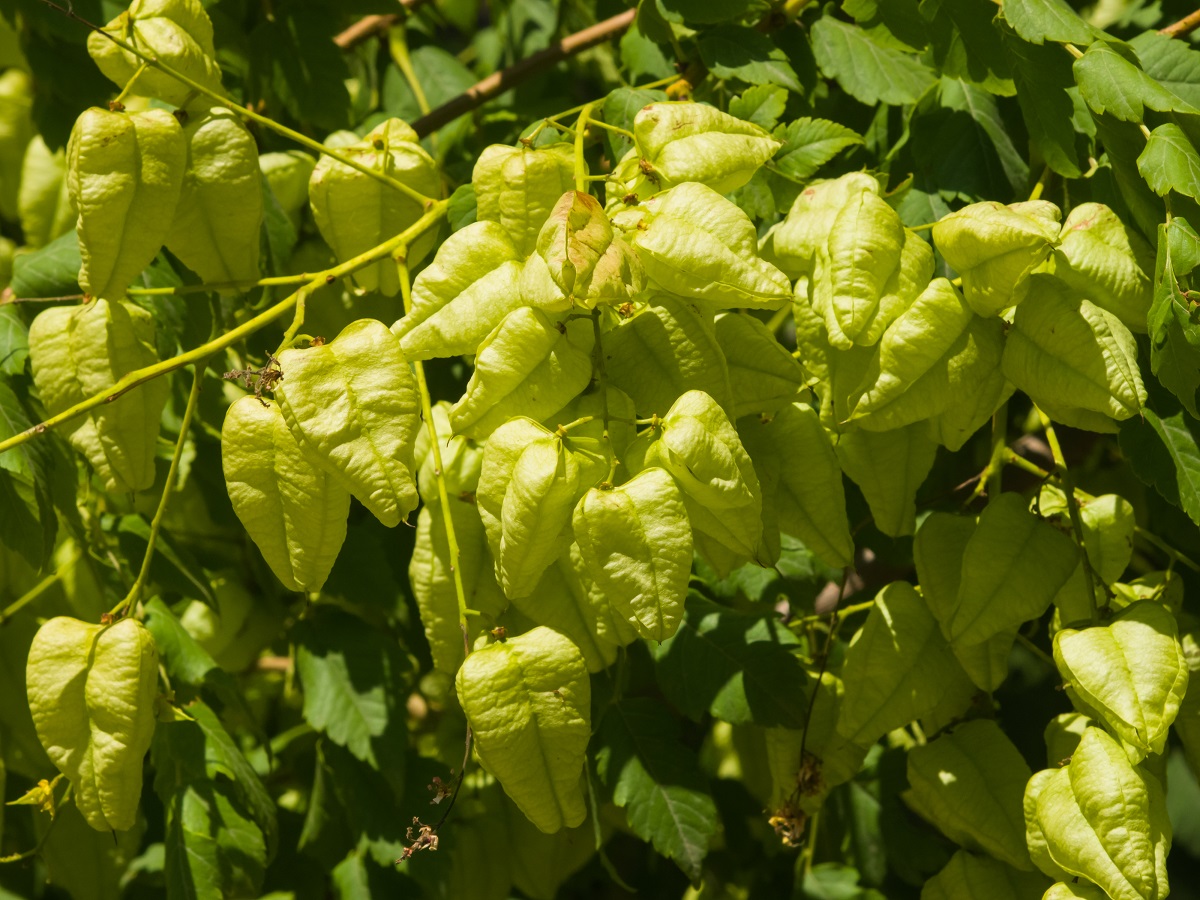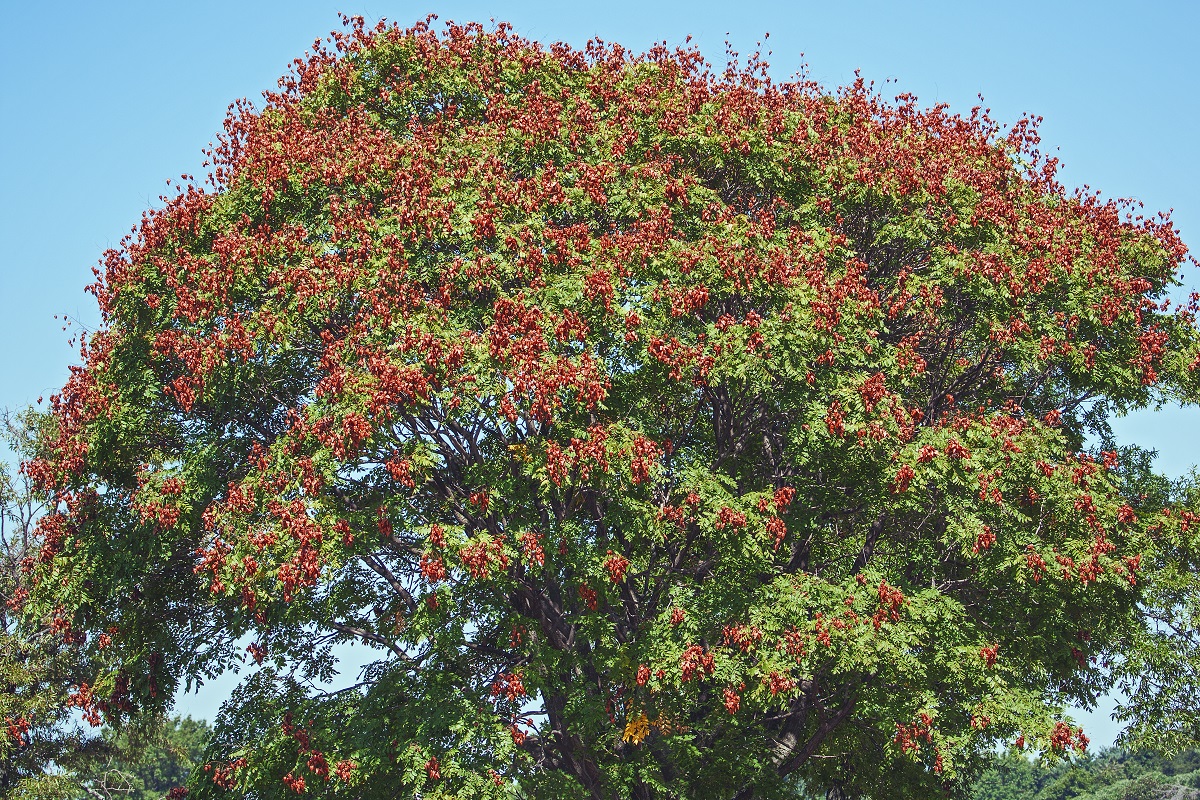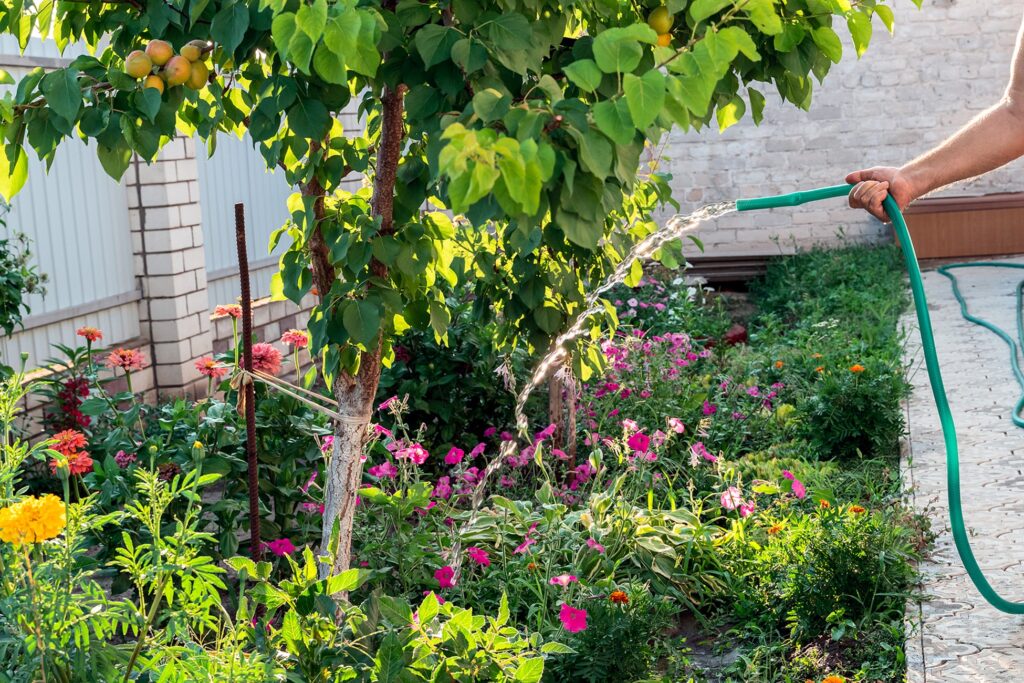
We often water our plants and lawn but forget that trees need water too! Watering trees may be necessary during summer’s hot, dry weather, especially if your trees are young or newly planted.
Trees need an average of one inch of water per week. When watering trees, deeper, less frequent water applications promote better root growth than shallow, more-frequent irrigation.
Young trees haven’t yet grown an extensive network of roots. That’s why they can’t store much water and need water more often. Young trees should be watered once or twice a week in dry weather. Approximately 20 gallons of water per week are recommended.
In times of drought, when it hasn’t rained for a month or more, even large, mature trees will need watering. You can plan to water mature trees 2 – 3 times a month if they are well established.
The best way to water trees is to slowly water them for a long time in the morning or evening so the roots have time to absorb the moisture from the soil as it soaks down. The roots that absorb the water aren’t deep. Roots spread out sideways; most are just a foot beneath the soil’s surface. On a mature tree, roots extend far in all directions, so focus on watering the area beneath the branches.
Effects of High Temperatures on Trees
Prolonged heat and improper summer irrigation can cause permanent damage to your trees, creating potential hazards that pose a risk to your home and property.
Don’t wait until it’s too late to observe your tree’s signs of drought stress. Often insects and pathogens will attack trees that are already weak. Proper deep root watering is the best way to establish your tree’s root system for long-term plant health.
There are some signals to help you spot signs of early stress. If your tree’s leaves are dying off, wilting, or showing folded or crispy leaves, those are signs of a problem. You may still be able to take measures to restore the overall health of your tree.
Other Signs of Irrigation Stress Include:
- Leaf wilting, curling, or folding
- Leaf scorch
- Needle drop in conifers
- Canopy die-off of main branches or new growth
- Insect or disease Issues
- Premature fall color on leaves
- Leaning or wilting new branches
Watering too much or too little can be harmful. Don’t overdo your watering, as it could cause insect or disease issues.
Let us know if we can help take care of your trees this summer. Give us a call at 360-574-4125.
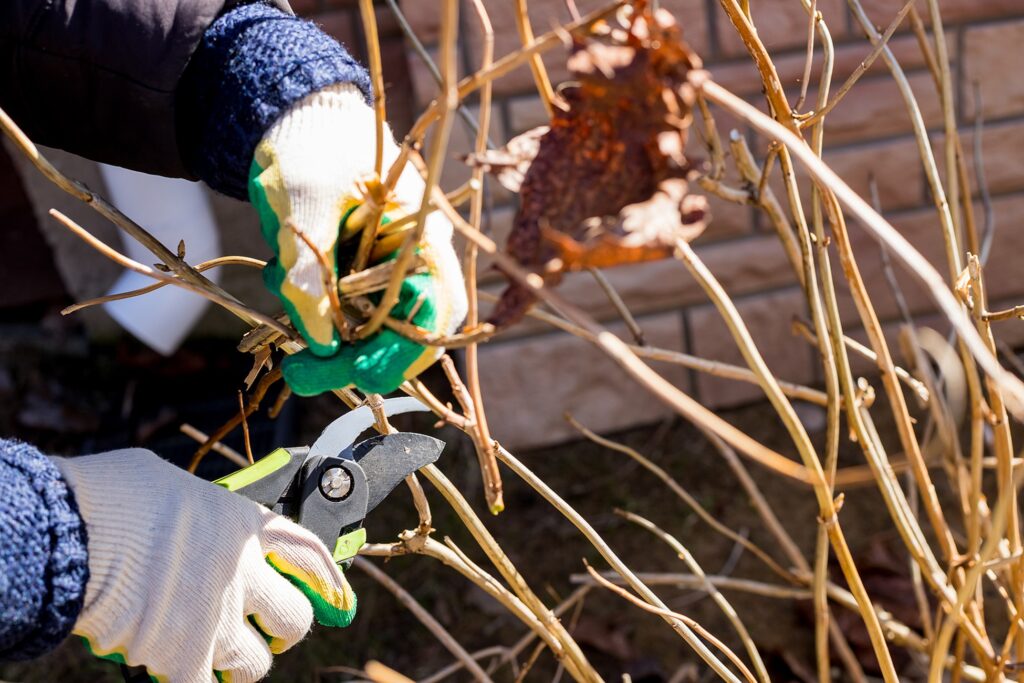
What to do for your trees this spring
The storms from winter and even spring may have wreaked havoc on your trees, but spring is the perfect time to assess any damage and their overall health. Spring is a perfect time to take a look at the trees in your landscape.
Inspect trees for overall health
Look for dead wood, broken branches from recent storms, discolored or curling and drooping leaves, and insects. Due to winter weather and possible damage you may need to have trees cut back by a professional or removed. Damaged trees can create a safety hazard for people and buildings in the future.
Remove dead or diseased branches
Spring tree pruning typically involves the removal of dead, damaged, or diseased limbs where possible. Pruning is an important maintenance task that ensures your plants’ healthy growth. If there are dead leaves under your trees, rake them up in case they may carry pathogens that can harm your tree.
Remove weeds around the trees
Weeds compete with the tree for water and nutrients, so make sure to remove any. Spring is the perfect time for this as dirt is still soft from the rain. Remove the lawn or other plants near the base of your trees. These can take away needed nutrients from your trees.

Check mulch levels and replenished as needed
Use mulch to help conserve moisture. Keep the soil covered with a 3- to 5-inch layer of mulch. Start a few inches from the base of the trunk and extend it to 1 to 2 feet from the tree. Don’t pile mulch next to the trunk base of the tree as it can cause decay. Mulch also helps to suppress weeds, retains moisture for the tree, and adds organic matter to the roots.
Fertilize your trees
Trees can lose nutrients throughout the year. Trees need macronutrients such as nitrogen, phosphorus, and potassium in large amounts. The additional nutrients calcium, magnesium, and sulfur are also needed. Micronutrients are also essential to plant health and vitality. These include zinc, iron, manganese, copper, molybdenum, boron, and chlorine.
Fertilizers are generally applied to the soil in the feeder root zone – the area below the perimeter of the tree canopy. This can be in the form of granular fertilizer dug in or liquid fertilizer drenching the soil. In certain cases, foliar feeding can be more effective in ensuring nutrient uptake. This is when the liquid fertilizer is applied directly to the leaves.
Plant new trees
If you are planting new trees in your landscape, make sure you select the right tree for the right location. Consider the tree height at maturity. Don’t place trees too close to sidewalks, walkways, your home, or any utilities. Consider trees of interest for all seasons.
Contact Frontier Tree Service with all your tree concerns. We can help you get started on taking care of your trees.











